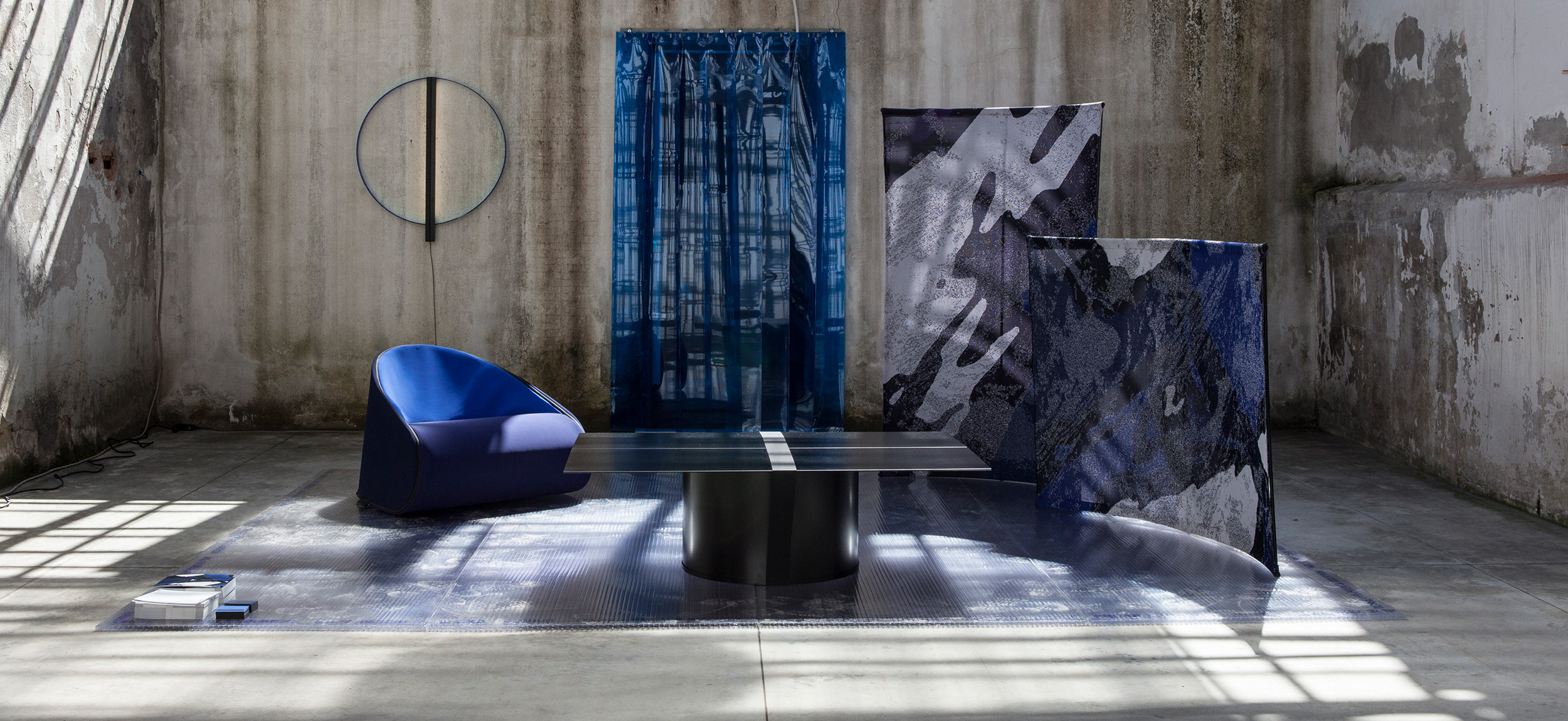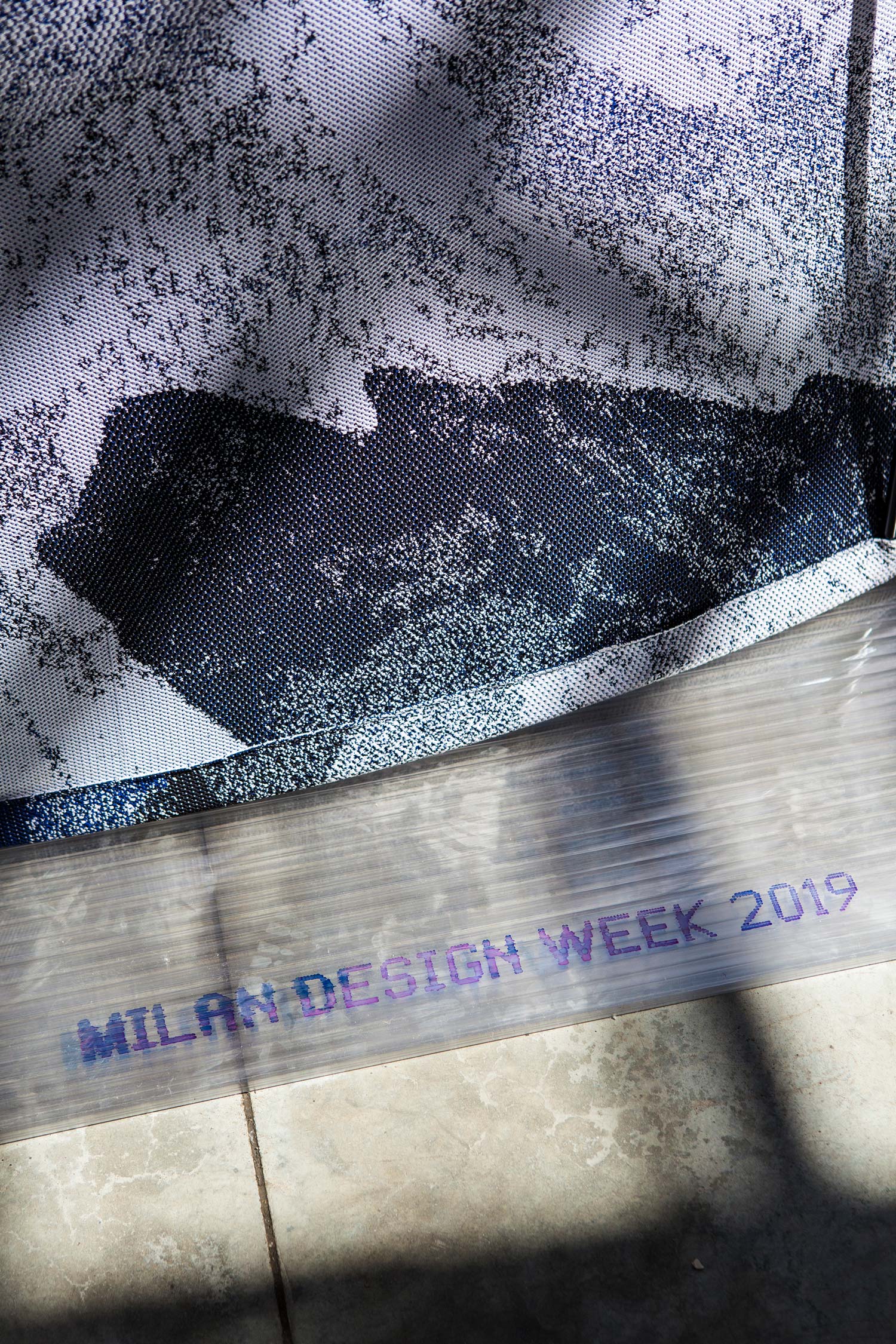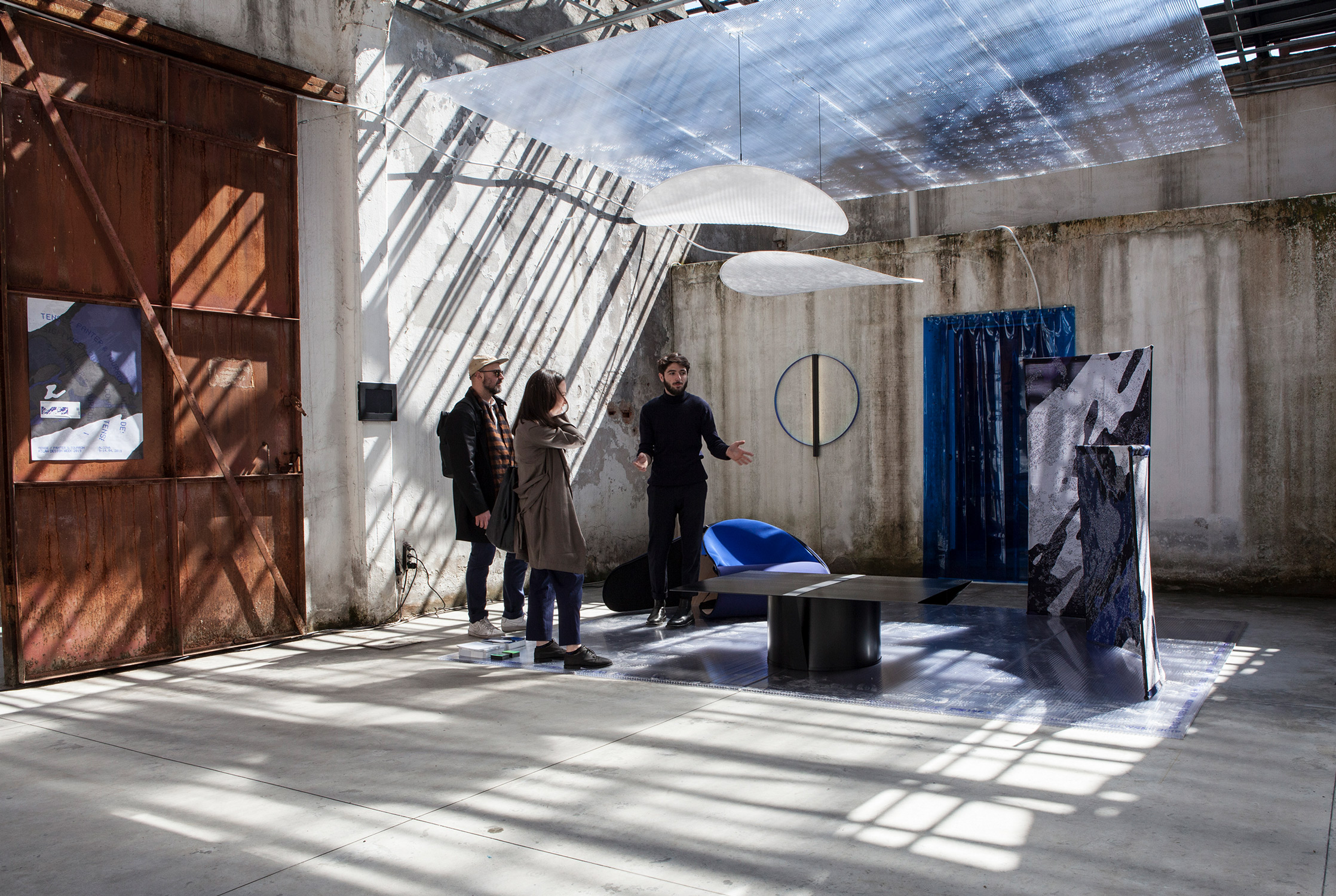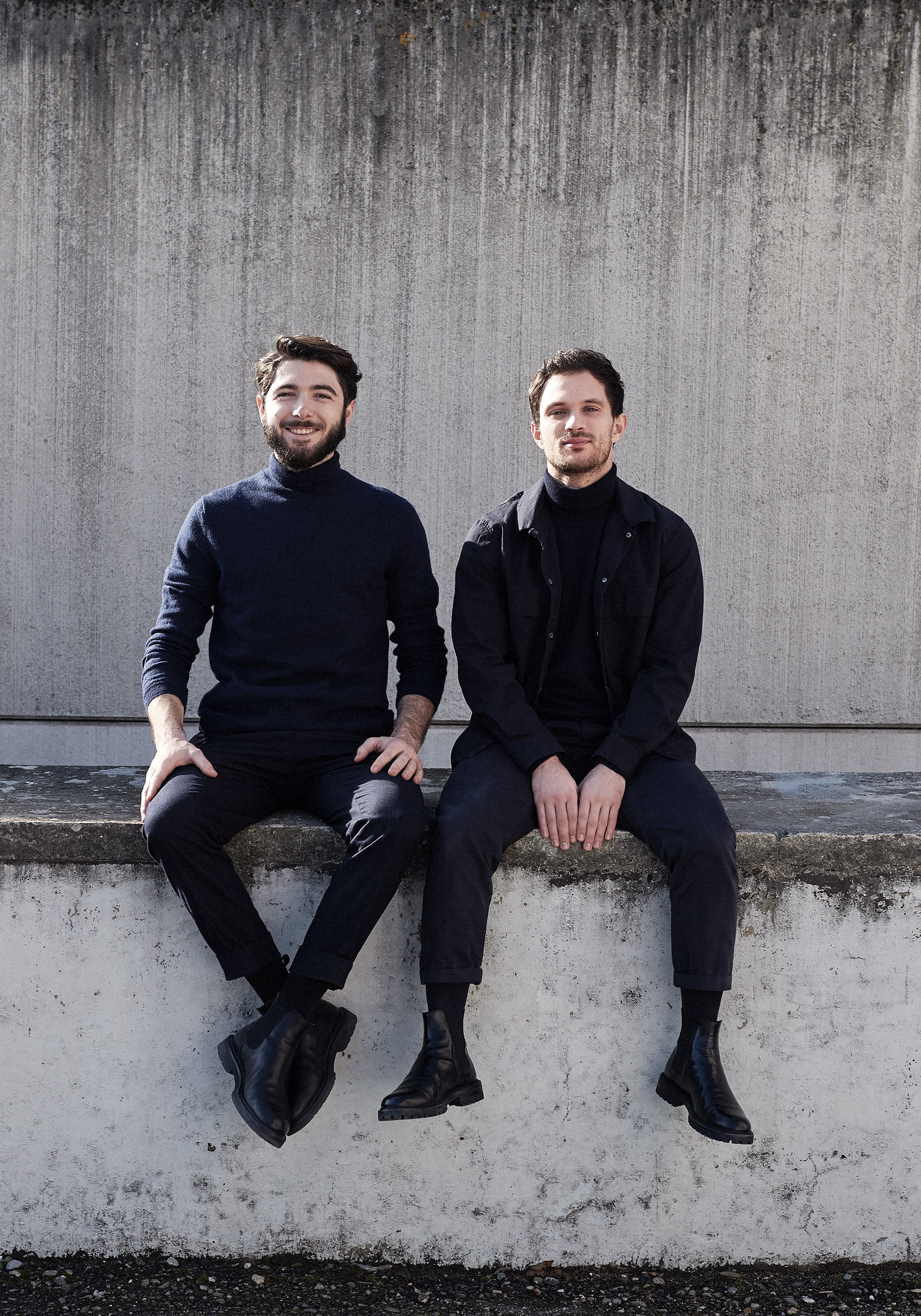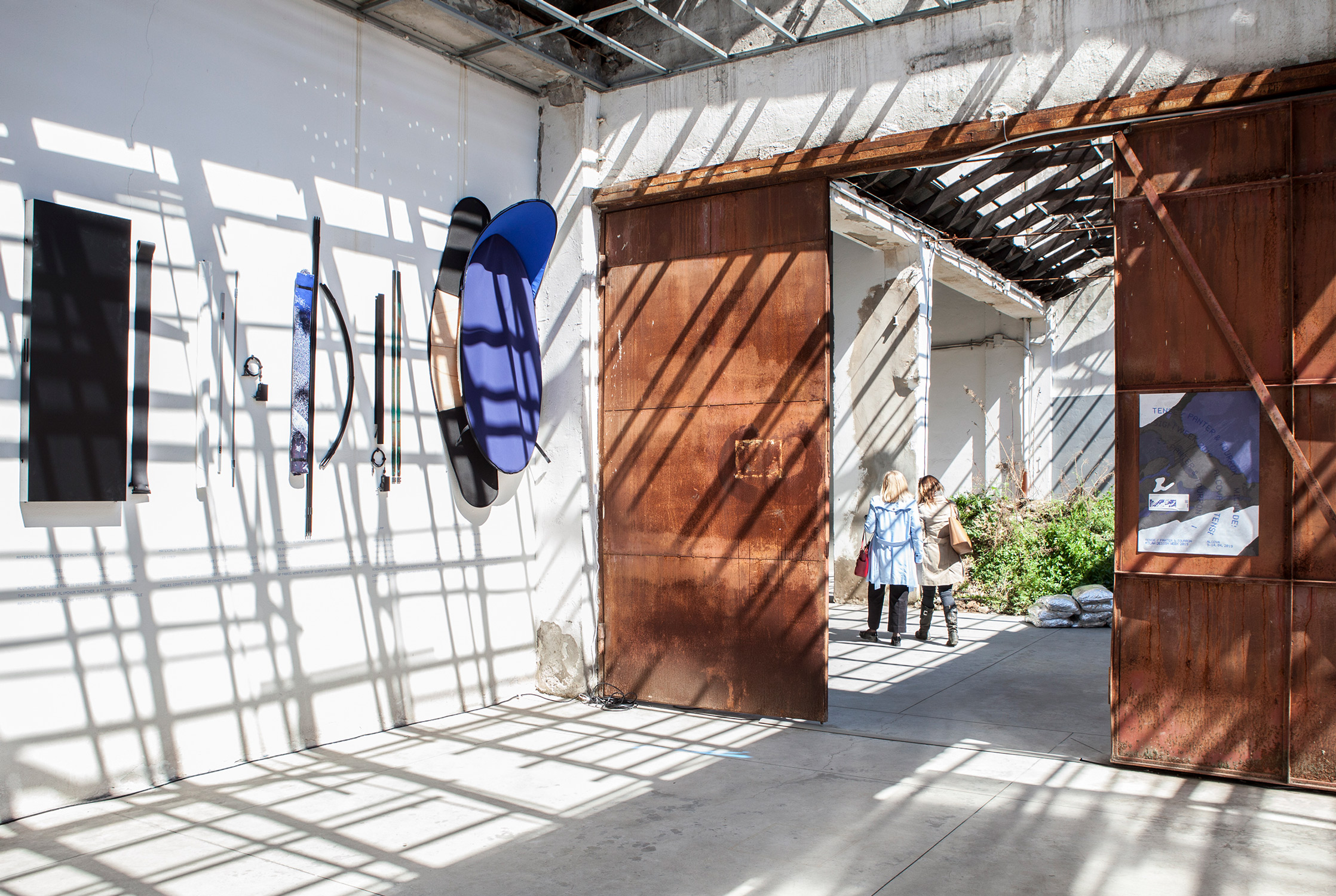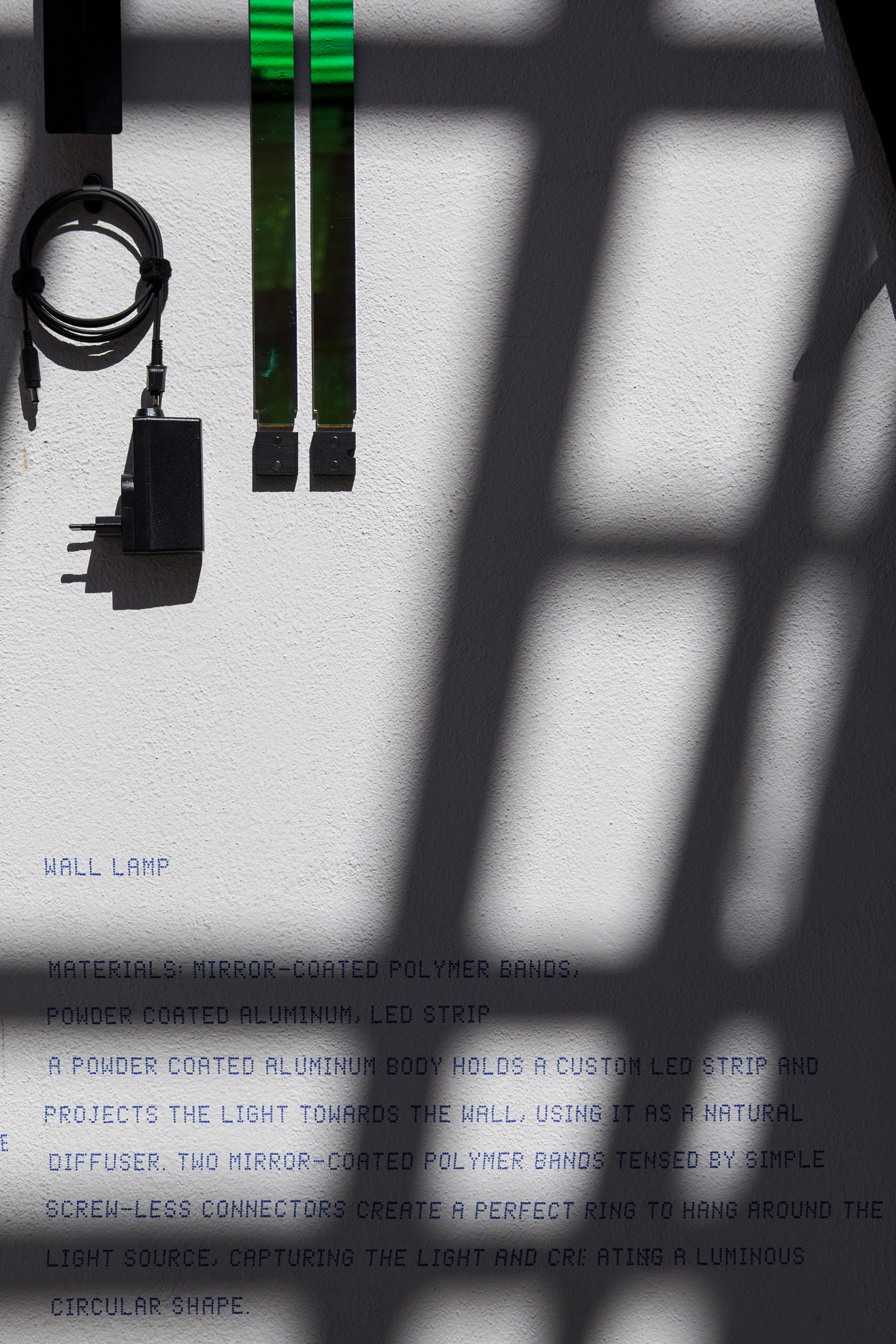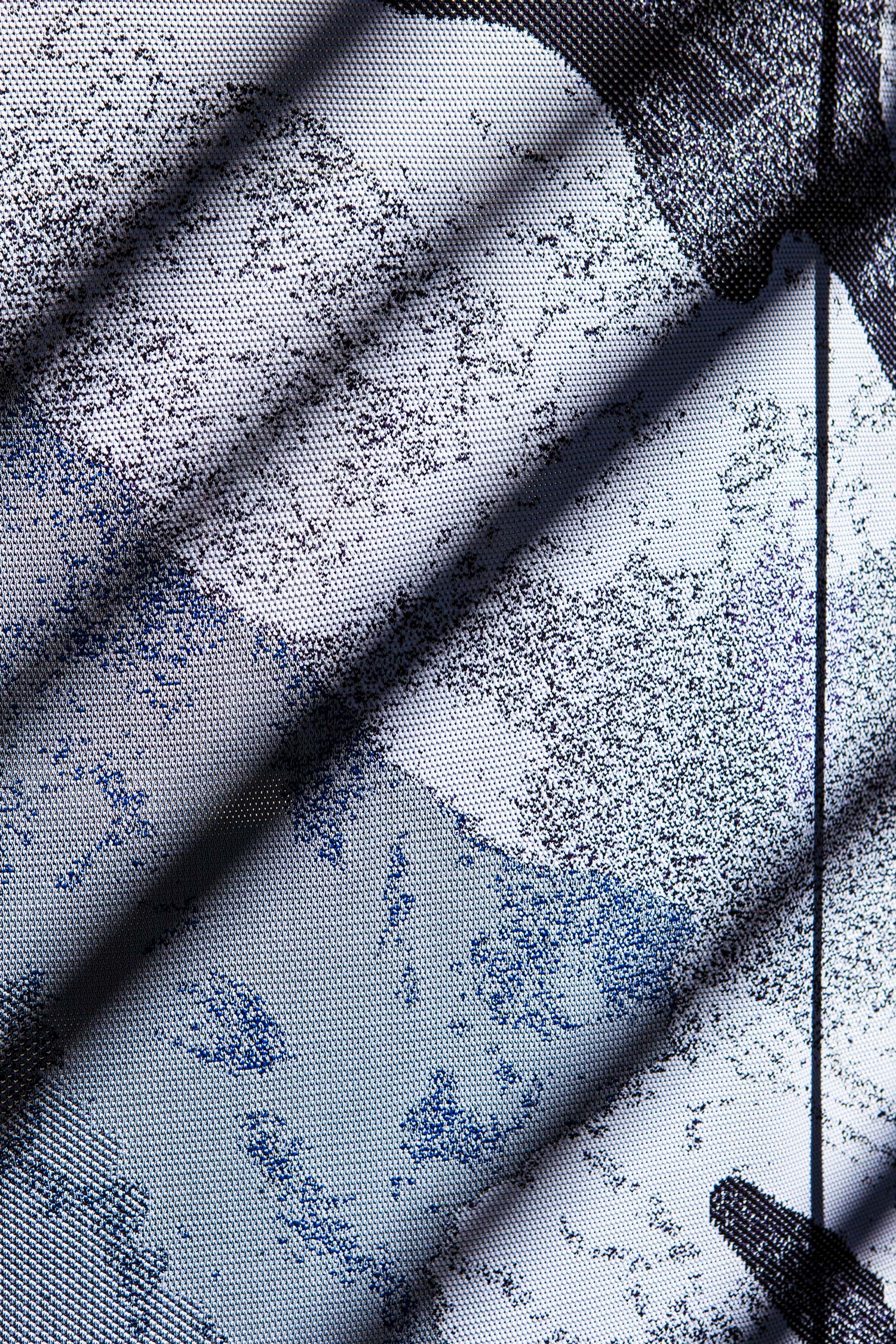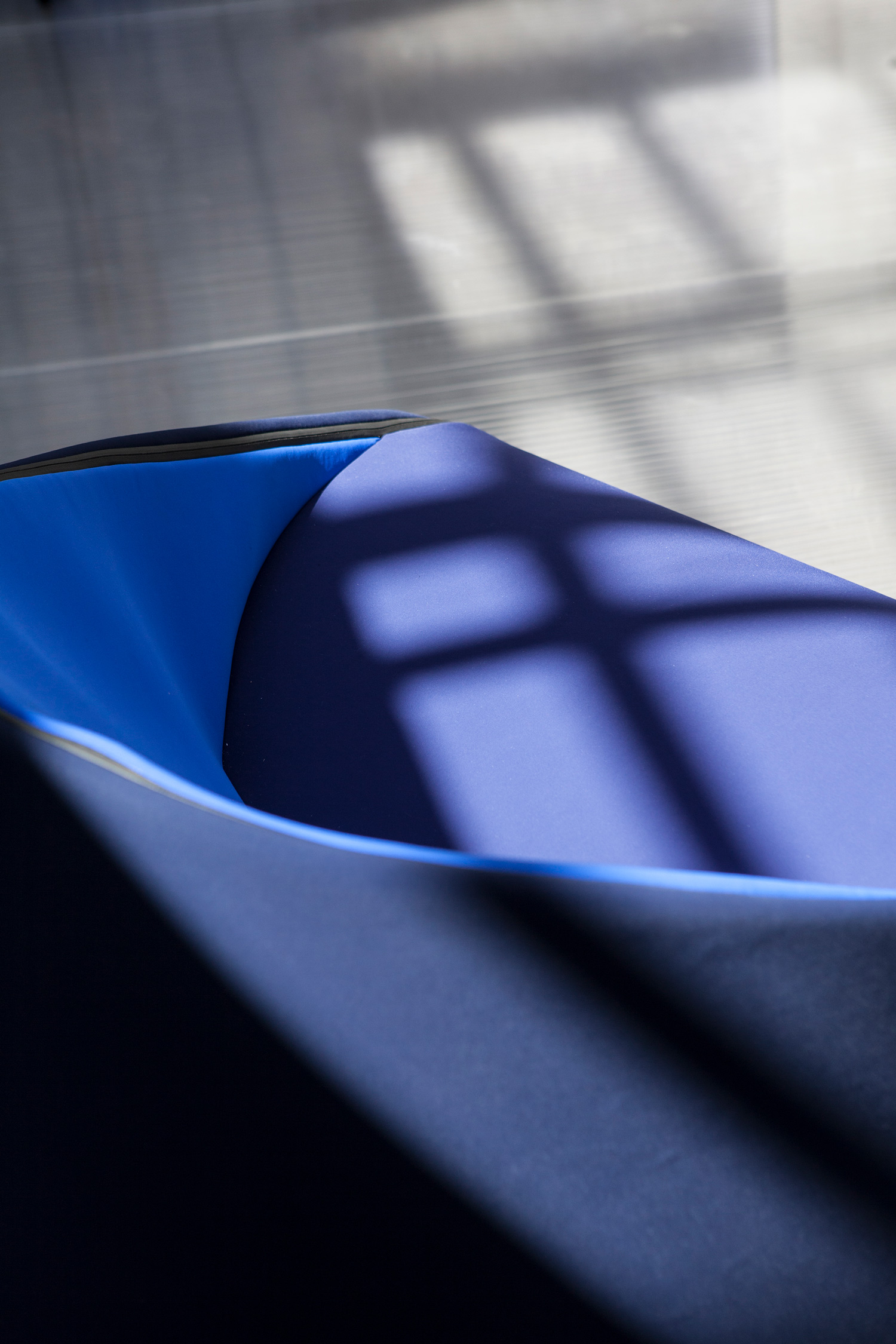Nomadic pieces of furniture
Susanna Koeberle • 18.04.2019
The Lausanne-based designer duo Panter & Tourron presented the “Tense” collection during the Salone del Mobile. It reflects the future of living.
“Nomadic living made easy” could be the motto of this collection. “Tense” is based on one of the simplest and yet oldest principles of construction, namely tension (as found in tents to this day). No screws hold these pieces together. Therefore, the five designs of “Tense” can be put together in an instant and taken apart again just as quickly. Finally, the German word “Möbel” for furniture comes from “mobilis”, Latin for mobile. The Lausanne duo Panter & Tourron’s collection reflects today’s trend towards more frequent changes of residence, keyword “new nomadism”.
At the same time, Alexis Tourron and Stefano Panterotto (who met at the “MAS Design for Luxury & Craftsmanship” course at the ECAL) pose a few fundamental questions on the topics of living and design. How will we live in the future? What does this mean for the materials of the furniture? What demands will furniture have to meet in the future? And last but not least:
Which values should design reflect?
Anyone who moves often knows how annoying it is when furniture loses its functionality once it’s reassembled. As a rule, cheaply produced designs are not made for repeated assembly. By contrast, Panter & Tourron wanted to develop furniture that isn’t just easy to transport, but also meets the quality requirements of increased mobility – while remaining affordable. That sounds like an insoluble task. In fact, these are the very challenges that interest Panter & Tourron in design. Their discoveries also have a research character, largely due to their scientific background. Stefano Panterotto’s origins lie in architecture and, like Alexis Tourron, he later studied industrial design, which involves a more technical approach to design issues. Their interest in technology is also reflected in our visit to their studio in an industrial area of Lausanne. There are material samples everywhere and the studio applications created from them: The latest technologies converge with craftsmanship. For “Tense”, too, the designers worked with trend-setting materials and processes. These include new materials such as Tyvek, recycled plastic or textiles used in the world of sports or the automotive industry. They have a high degree of flexibility and stability, two essential factors when it comes to the principle of tension. “We’re curious and open. Our work consists of linking technology-directed specialist fields, i.e. contexts that are foreign to design, with the world of furniture,” say the two designers. They see design as a discipline that connects cultural and scientific fields.
In this collection, not only do technology and craftsmanship come together, but past and future also meet. Because before humans worked the land, they were nomads. In his book “Sapiens – A Brief History of Humankind”, the author Yuval Noah Harari also doubts whether settling down only produced positive results. Especially in a time in which the awareness is slowly growing that Homo Sapiens is about to destroy his planet, the topic of living and home is becoming more relevant and explosive. Because nomadism is more than a luxury. After all, a lot of people change their place of residence involuntarily, precisely because of man-made problems like climate change. This mainly affects the people living in poorer parts of the world. But in the future, nomadic or at least more flexible forms of housing will be more common, even at our latitudes.
The “Tense” collection doesn’t offer a solution to global problems but through its design and its language of materials and forms, it reflects current issues that go beyond national identifications. Younger and future generations around the world will increasingly relocate due to changing labour market conditions. Or they’re already doing this now, partly out of a greater need for freedom. The furniture from “Tense” is like clothing: It’s lightweight and doesn’t take up much space. At the same time, they fulfil needs that are central to living: such as comfort, light or privacy. Based on these principles, a lounge chair, two lights, a room divider and a table were finally created.
The lounge chair consists of a fabric that is tensioned by a zipper and two straps over a bendable plywood base. The textile elements are made of an elastic, light and absorbent material, which is used in the automotive industry. The armchair can be made flat and offers the same comfort as a conventional design. The fabric can also be washed if necessary. The surface and foot of the low table are made of powder-coated aluminium plates. A silicone belt stretched around these elements holds the table together. The wall light with its archetypal circular shape features a striking mirrored coloured acrylic band that spans the aluminium base with its LED strips. The ceiling light takes up the idea of the tent: Two layers of pleated Tyvektextil are tensioned by carbon rods joined together. And finally, the room divider uses a 3D knitted textile from Germany that’s commonly encountered in sneakers today. The designs are all made in Panter & Tourron’s studio, but serial production is conceivable. It’s the office’s first major product family. The collection reflects the vision of the two designers – to create furniture with as few components as possible.
The two designers are convinced that “True luxury doesn’t consist in abundance, but in reduction to a minimum”.
The “Tense” pieces were shown for the first time during the Salone del Mobile in Milan. The fact that this happened as part of an experimental format such as “Alcova” is very fitting. For the second time an exhibition curated by the two studios “Space Caviar” and “Studio Vedet” took place in the former Panettonefabrik “Cova”, and Panter & Tourron were also invited. With their groundbreaking collection, they were in good company at “Alcova” (among others, the Swiss bag label Qwstion presented its bag collection made of banana plant fibres). With the name “Tense” the two designers have opened another dimension, namely a sociological one. Tension is an ambivalent word, which also means to be energised. This is a phenomenon that we experience today not only at the political level, but also in everyday life. This collection also shows how design can make positive use of energy. This is because it serves as a basis for creating a home in just a few steps.
Portrait: MIRJAM KLUKA
Photography: Panter & Tourron
